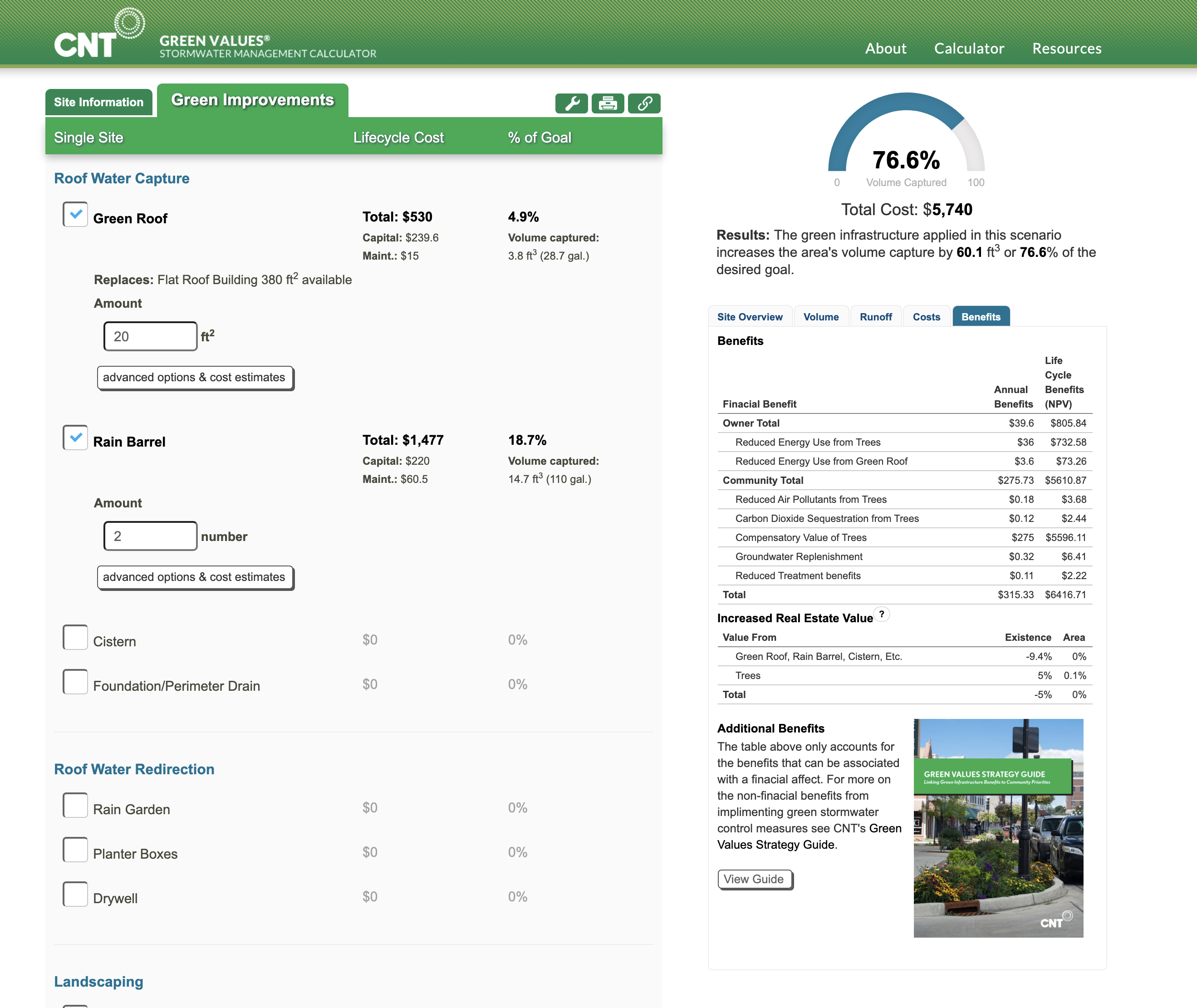New Orleans has been a center of international trade from its earliest days, and recent developments indicate that the role is expanding. The Port of New Orleans is the country’s only international port served by six of the seven major U.S. railroads. More than half of American grain exports (not to mention a large share of Canadian) move through the port. But it is the energy and chemical industry that make the port complex between the Big Easy and the state capital one of the largest in the US. And, unlike the Port of Los Angeles, the traffic moves more by water and rail than by less-efficient trucks.
The energy and manufacturing boom that began in 2011-2012 will greatly expand trade and transportation jobs, providing opportunity to put the long-term unemployed back to work. But this opportunity will also challenge the region to make major investments in infrastructure, workforce development, and other services. The Louisiana Economic Development agency expects a $21 billion investment in new manufacturing facilities in the next five years in the corridor between New Orleans and Baton Rouge. And, tallying up the jobs prospects from these new investments, the Greater New Orleans Data Center expects to see 42,000 new jobs in Southeast Louisiana in the next seven years.
Despite these exciting prospects for economic renewal, long-time observers are concerned that current residents who are unemployed and underemployed may miss the prosperity wave. Especially in New Orleans neighborhoods such as Hollygrove, the unemployment rate is stubbornly higher than parish or state averages.
To manage the new demand and to minimize environmental impact, investment in new, more efficient rail and water infrastructure is essential. Planned investments for freight and passenger rail over the next five to eight years are estimated in the $800 million range. Several hundred million in port investment also is on the drawing board. The challenges to plan for an orderly and sustainable growth in this suddenly booming economy are huge.
We are working with local partners and a broad range of officials, business and citizen interest groups to help the region develop and capture the long-term community benefits of increased freight movement through cargo-oriented development.





 Strengthening Transit Through Community Partnerships
Strengthening Transit Through Community Partnerships